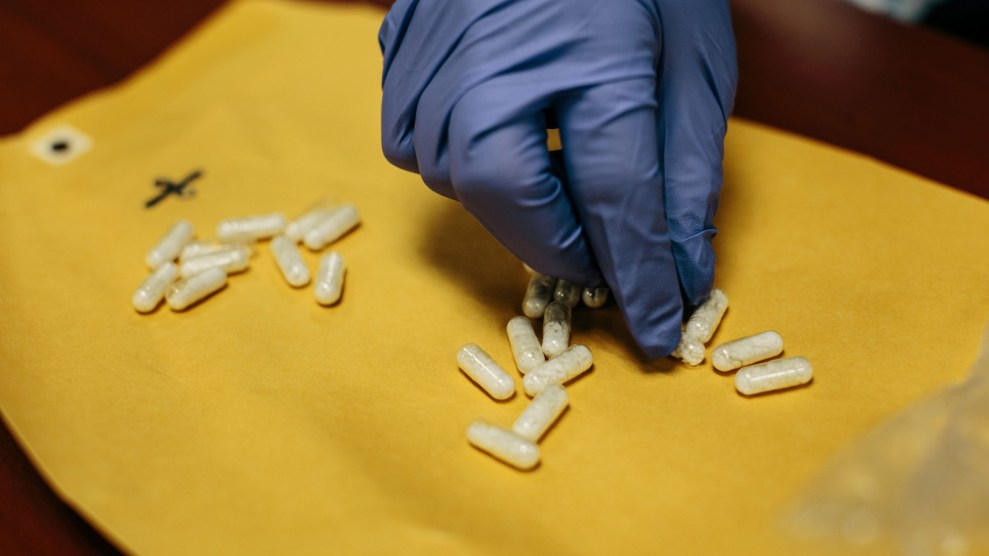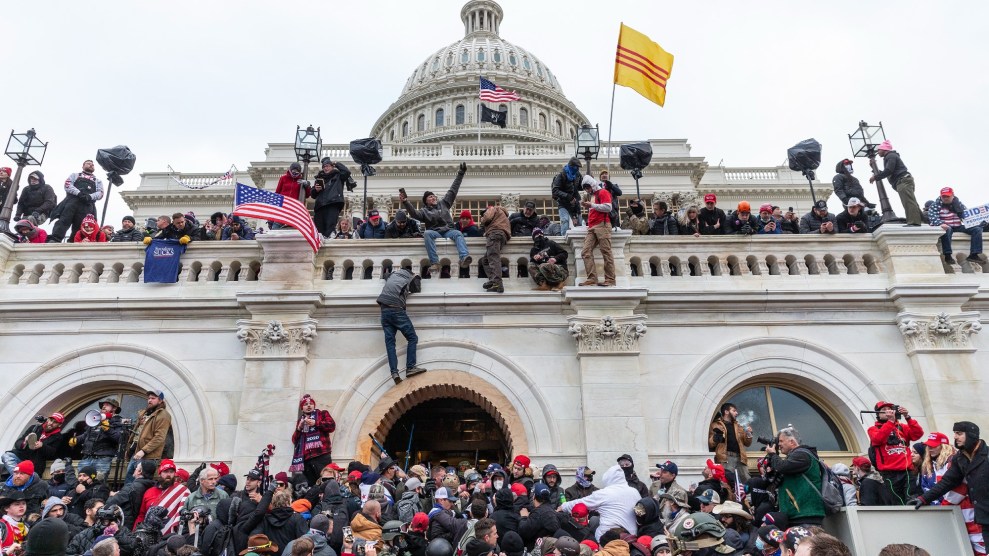
Moussa81/Getty
In a landmark verdict, an Oklahoma judge ruled Monday that Johnson and Johnson is responsible for fueling the state’s opioid epidemic. The case, the first of its kind to go to trial, is being closely watched to see if a court is prepared to hold a pharmaceutical company responsible for the devastating consequences of the overdose crisis.
“The opioid crisis has ravaged the state Oklahoma,” said Oklahoma Judge Thad Balkman. “Defendants caused an opioid crisis that is evidenced by increased rates of addiction, overdose deaths, and neonatal abstinence syndrome.”
Purdue Pharma and Teva Pharmaceuticals, also named in the Oklahoma suit, settled last spring for $270 million and $85 million respectively, leaving Johnson and Johnson and its pharmaceutical subsidiary, Janssen, to face charges that they created a “public nuisance.” Johnson and Johnson will pay a $571 million fine—more than its co-defendants, but far less than the $17 billion that the state originally requested to cover the costs of the crisis.
The state’s argument against Johnson and Johnson was multi-pronged. First, Oklahoma Attorney General Mike Hunter alleged that the company oversold its own opioid products, Nucynta and Duragesic, by targeting high-volume prescribers, paying key opinion leaders, funding pain patient advocacy groups, and generally promoting the idea that opioids were safe and effective for chronic pain. The state also accused the company of quietly dominating the opioid market for years, growing poppies in Tasmania and selling narcotics to leading drug companies, including OxyContin maker Purdue Pharma. According to documents made public during the trial, by 2016, Johnson and Johnson subsidiary Noramco was allegedly the nation’s top supplier of opioids, including oxycodone (found in OxyContin and Percocet), hydrocodone (found in Vicodin), codeine, and morphine. Throughout the trial, Johnson and Johnson denied wrongdoing and said it had been made a “scapegoat.”
Oklahoma is one of dozens of states suing drugmakers and distributors for their alleged role in the opioid epidemic. A federal trial involving nearly 2,000 municipalities is slated for this fall.














